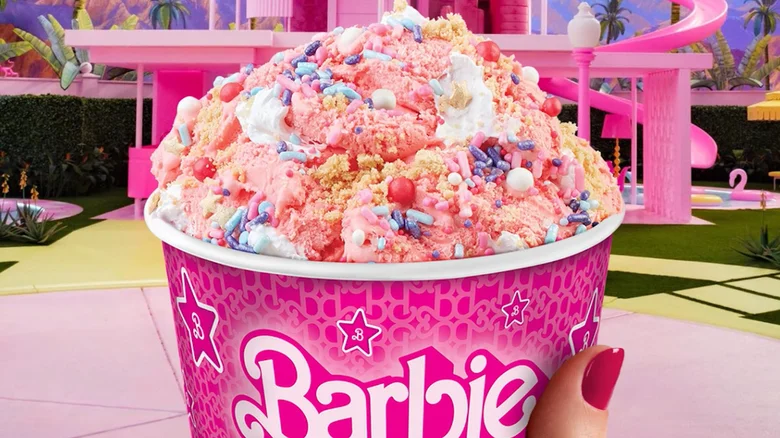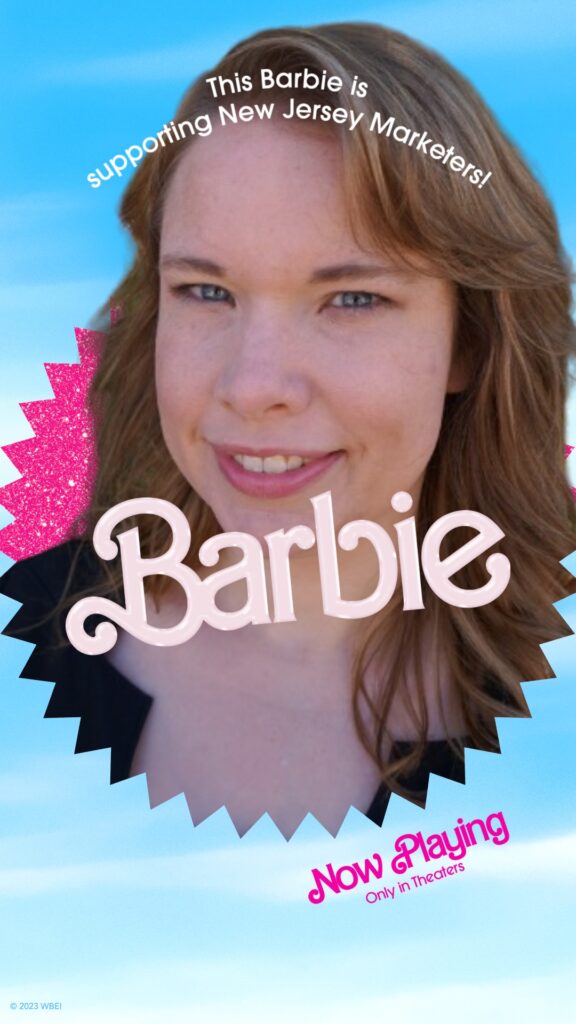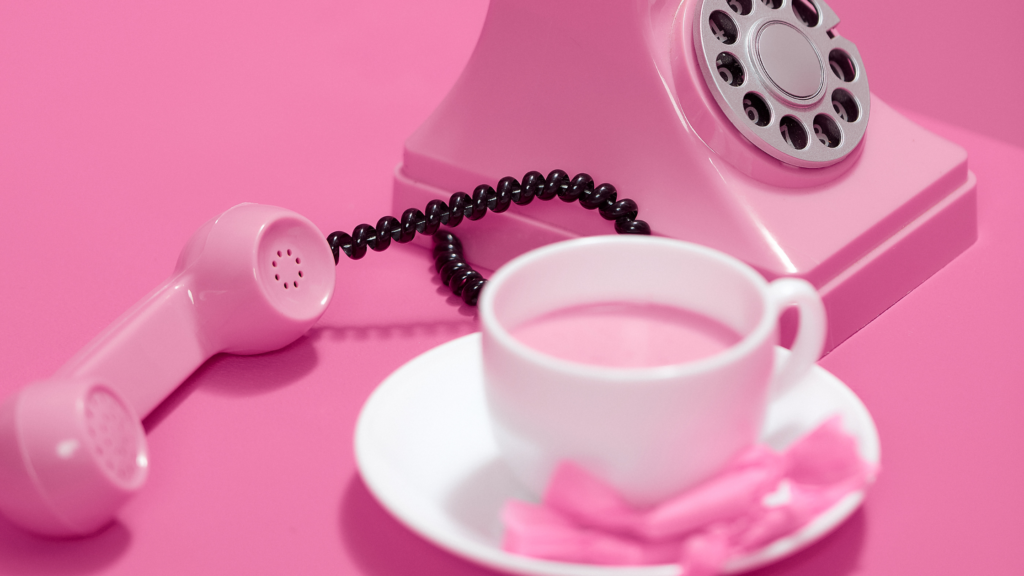Since COVID, Hollywood and movie theater business owners have all been asking: What’s going to get people back in the movie theater?
Apparently, the answer was Barbie!
Barbie ended its first seven days in the U.S. domestic box office with a $256.6 million gross. Greta Gerwig’s film is not only the biggest opening weekend for a female director, it’s also the biggest domestic opening for a non-superhero film or sequel.
As marketers, we can choose to write this off simply as a combustible combination of a Mattel and Warner Bros.-backed mammoth budget (wouldn’t we all love access to one of those?). It is certainly a factor here – Barbie’s marketing team allegedly wielded a $150-million budget for a film that cost $145 million to make. However, those numbers were reported by a rival studio and Warner Bros. has been vague about the actual spend.
Nevertheless, there seems to be more here. Barbie would certainly not be the first studio vehicle with a massive marketing budget. Yet, even big budget names like Tom Cruise and Harrison Ford are struggling to pack the theater seats post-COVID/post-streaming.
Moreover, not only did the studio’s Barbie do well, but it was also tied to the success of the darker Universal Studios vehicle Oppenheimer. In fact, in its first 10 days, Oppenheimer became Christopher Nolan’s sixth highest-grossing movie of all time, already passing Batman Begins and rapidly approaching the lifetime box office gross of Dunkirk.
What do these two movies have in common? Not much.
So how did we end up with a “Barbenheimer” takeover?
More importantly, what can local marketing practitioners learn from this?
Collaborative Marketing & Influence
The MarComm team at Warner Bros. just gave us a master class in cross-promotion. From the studio, the Barbie marketing campaign included more than 100 international partnerships.

From Crocs…

to Coldstone…

to Bloomingdale’s…

to Xbox…
…and many other national and local New Jersey businesses have been showing their shades of pink as part of the Barbie bandwagon.
Barbie is everywhere.
However, if you take a step back and look at the campaign, most of the promotion isn’t being published directly from Warner Bros or Mattel. Outside of the movie previews, most of the pink popularity can be attributed to other brands indirectly promoting the Barbie movie.
From a general marketing perspective, the lesson here is not new. A business telling a customer to buy their product is acceptable and expected. A friend or another brand telling the same customer that the product is great is welcomed and often garners a higher ROI. Why? The power of influence.
We associate “influence marketing” exclusively with “influencer marketing” – but they are not always the same. Influence marketing involves connecting with consumers on multiple data points throughout their journey. Insta/TikTok influencers are certainly a part of that, but this can also involve ads, cross promotions, native content, and product placement.
The genius behind the partnership strategy for Barbie is that the studio placed the brand in alignment with other brands that the target audience would already enjoy. The consumer doesn’t have to go anywhere new to receive this messaging, it’s meeting them where they are in a way that feels comfortable and trustworthy.
The same concept can be applied to general product marketing. Rather than forcing new messaging on an already overstimulated consumer – aligning with brands they already engage with can provide a more efficient campaign and boost ROI. This approach requires a bit of market research and an understanding of your customer journey. You can learn more about this process here.
Have something to say?
Join us for our next First Friday Coffee and Conversation event!
Engaging the Cultural Moment
The social and commercial spread of this Barbenheimer phenomenon created a sense of urgency for moviegoers that we haven’t seen in years. Neither film is available on streaming yet – but even James Cameron pushed the theater-only option for Avatar: The Way of Water and failed to see this level of success. What makes “Barbenheimer” so unique is that it is a social moment. It’s an experience – to dress up, to ride the roller-coaster of opposite movies (in either order), and to share that experience with followers, friends, and the rest of the world.
For general marketers, your product might not be “the next cultural moment.” However, we can learn something from the creation of this perception. Namely, how to engage with these opportunities without becoming lost in the fray.
In the Barbie case study, meme and social media filters led the drive of user-generated content marketing.This can partially be attributed to the human desire to connect with brands rather than just be “sold.” To facilitate this, Warner Bros launched an AI-powered selfie generator where users could post a picture with the Barbie background and their own occupation (i.e. “This Barbie is a …).
Beyond the generator, the Barbenheimer memes became a staple of social media content quickly.
One of the most popular meme trends is the “one ticket for Barbie” approach:

For general marketers, leveraging filters and generators is an excellent way to promote your brand through user generated content. It does require an understanding of your audience and a bit of technical know-how (or access to someone with said know-how). Here are resources on filter creation and meme marketing to get you started.
In the meantime,

Happy Marketing!
Erika Heeren-Moon
FY24 President
AMA New Jersey


